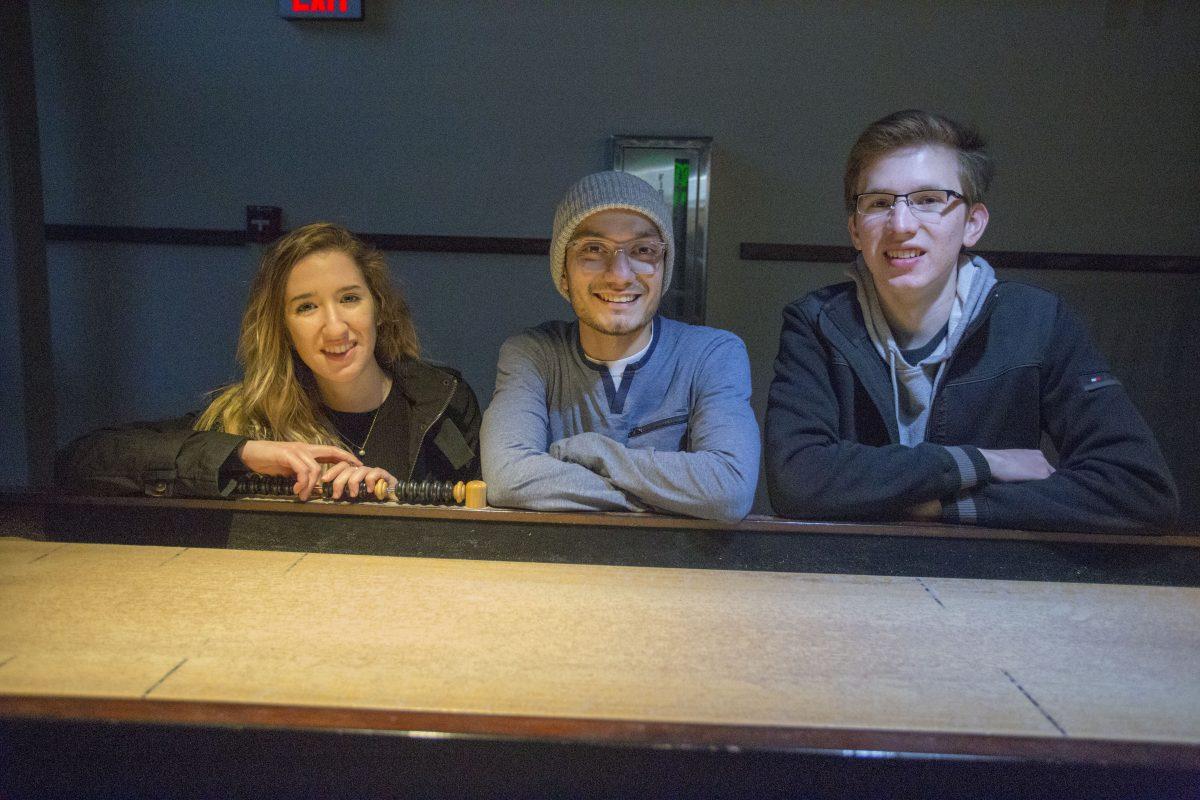For UTD students who hail from the Rio Grande Valley — the region that defines the border between the United States and Mexico — the prospect of a reinforced border wall hits close to home.
On Feb. 14, President Trump announced he would sign a spending bill that would allow the government to remain running, but he also declared he would use executive power to declare a national emergency that would allow for the construction of a border wall. The Rio Grande Valley includes the southernmost tip of Texas and would constitute a significant portion of the border wall.
Erick Castillo, an interdisciplinary studies junior, lived in a small town called Los Fresnos just outside the border of Brownsville before moving to Dallas. He enrolled in an early-start high school program that partnered with the University of Texas Rio Grande Valley, the Mathematics and Science Academy, where the parking lot stood immediately next to the border fence erected during the George W. Bush administration.
“Sometimes I’d park my car right next to the wall, and sometimes you’d see the border patrol driving on the levy next to the river,” Castillo said. “Nobody really gave it a second thought.”
Castillo said most of his friends are first-generation students from homes with parents who had just come to the U.S. Los Fresnos is a rural, majority Hispanic town, and many students who hold American citizenship at the local Brownsville high school live on the other side of the border because their parents have Mexican citizenship.
“I think it will make those kids feel like outsiders, having to cross through a very obvious barrier,” he said. “They already drive across a bridge and are checked by the official border patrol every time they want to go to class, but I think having a physical wall there will make them feel alienated, like they’re more visitors than home even though they’ve studied in the U.S. their whole life.”
Psychology senior Nicole Cavazos spent parts of her childhood in both Brownsville and Monterrey, Mexico. She said the Valley is a mixture of American and Mexican cultures, and she had a number of friends who cross the border every day for school.
“I knew a friend who would cross the border every day from Matamoros on foot, and it’s such a normal thing,” she said.
Ansel Krauss, a computer science junior, transferred to UTD in August 2018 from UTRGV. He spent his childhood in Mexico until 2011, when he moved to the Rio Grande Valley. He received his Green Card last June, but he said the five-year-long process was nerve-wracking. Krauss said he never encountered any serious violence on either side of the border.
Both Cavazos and Castillo said their hometown on the border was diverse and safe, with coexisting subcultures that mixed Mexican and American traditions.
“I have never experienced the dramatic crime that they talk about in the media in all of my years growing up there,” Castillo said. “With all my friends and siblings and cousins, I’ve never known anybody who’s had interaction with crime because we’re living near the border.”
According to reports by the FBI, the Rio Grande Valley is “extremely safe.” Brownsville was the safest metropolitan area in Texas in 2015. In the past decade, crime rates in the Rio Grande Valley have been far lower than the U.S. average.
Castillo said the money for a border wall could be better used to improve the medical disparities of the Rio Grande Valley, where the two main hospitals are nearly a two-hour drive apart from one another. Cavazos said federal investment in the Rio Grande Valley, where budget cuts began to feel routine, could go to the education system.
“A lot of people would’ve loved to stay in the Valley, like my brother, but were forced to leave because of school, would have stayed if there would be more investment in education,” she said. “I think the Valley is a lovely place to grow up and live, but the public education system could improve a lot. That’s why I … did not finish high school in a public school.”
Cavazos said she’s often asked about gangs and violence when people find out her hometown sits at the border.
“Everyone thinks there are gangs everywhere and its unsafe, and I’m taken aback,” she said. “It’s a normal city with mixed cultures but it’s as safe as (UTD).”
Nearly all of Cavazos’ extended family lives in Mexico, in Monterrey and Baja California, and she travels numerous times per year to visit them. She said the border wall proposed by President Trump would change her hometown tangibly but also intangibly.
“I feel like you’d be splitting families, like the Berlin Wall,” she said. “It would feel the same way. There’s no us and them. In the Valley, it feels like we’re all the same people.”













